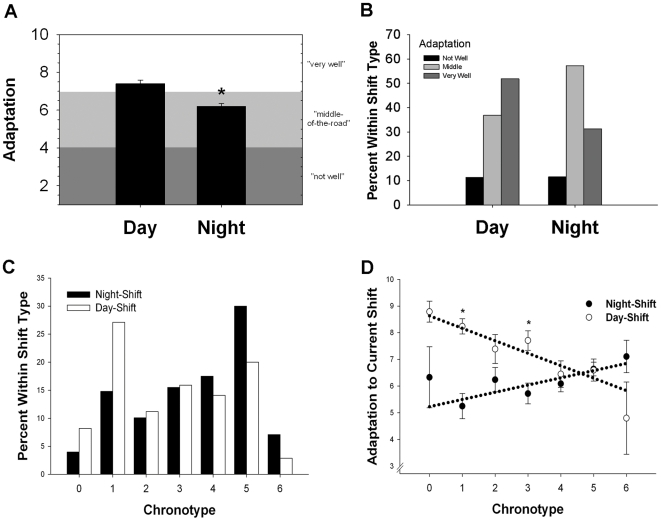Figure 1. Significant effects of work shift and chronotype on adaptation.
A) Nurses currently working night-shifts reported significantly lower adaptation levels than those working day-shifts with responses ranging from “1” (feeling tired all of the time, not enjoying days off, and unregulated sleep cycles) to “10” (no trouble getting energy back on first days off and sleeping just as well when working as when not working). Bars represent the mean ± SEM; t(360) = 5.07, p<0.01. B) A significantly larger percentage of night-shift nurses reported intermediate adaptation levels (corresponding to feeling tired on the first day off and varying sleep patterns) and a smaller percentage reported high adaptation levels compared to day-shift nurses; contingency analysis, G(2) = 13.6, p<0.01. C) Histogram of self-reported chronotype for night-shift nurses (black bars) and day-shift nurses (white bars). Night-shift nurses had significantly later chronotypes than did day-shift nurses (t(359) = -4.6, p<0.01). D) Adaptation to the current shift was significantly predicted by self-reported chronotype for night-shift nurses (black circles) and day-shift nurses (white circles). Circles and error bars represent the mean ± SEM, and dashed line refers to the significant regression equations for each shift type [Night: R2 = 0.04, p<0.01; Day: R2 = 0.13, p<0.01]. These data indicate a significant Chronotype X Shift interaction [Scheirer-Ray-Hare extension of the Kruskal Wallis test, H(6) = 31.0, p<0.01].

